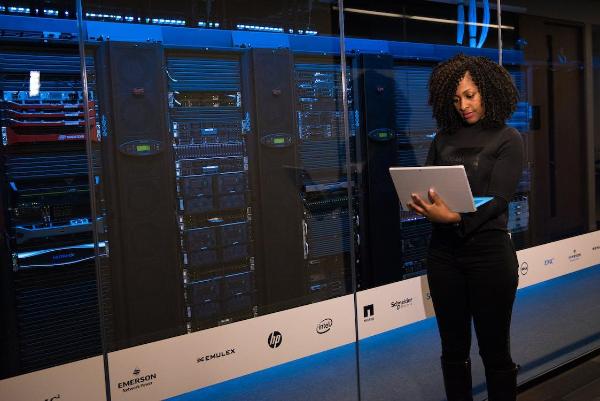5 Data Center Security Threats Businesses Must be Aware of in 2023
As reported by CIOSEA News, global cyber attacks saw an increase by 38 percent in 2022. This is in comparison to the percentage of such attacks seen in 2021. It’s an alarming situation, one that clearly shows that cyber security threats are constantly growing.
In some countries, cyber attacks were more severe and greater in number than in others. DIGIT News reported that the UK saw a 77 percent increase in cyber attacks in 2022. These are astounding figures, and they all point to how dangerous cyberspace has become.
Most of these attacks were on different businesses, with their data being the primary targets. Thus comes the need to protect this data, and one way to do so is by protecting business data centers.
Data centers are critical to businesses as they store and manage sensitive information. The rise of cyber-attacks and data breaches has made data center security a top priority for businesses in 2023. In this article, we will discuss five data center security threats that businesses must be aware of this year.
#1 Insider Threats
Insider threats come from employees, contractors, or partners who have access to the data center and its sensitive information. These threats can result from malicious intent or accidental actions.
To prevent insider threats, businesses must implement strict access controls, monitor employee activities, and enforce security policies. This can include setting up multi-factor authentication, monitoring for unusual behavior, and implementing data loss prevention measures to prevent theft or mismanagement of sensitive information.
By being proactive and taking the necessary steps, businesses can minimize the risk of insider threats and protect their sensitive information.
#2 Ransomware Attacks
Ransomware attacks are a significant threat to data centers in 2023. In these attacks, the attacker encrypts the data and demands a ransom to be paid in exchange for the decryption key.
To prevent ransomware attacks, businesses must have a robust backup and disaster recovery plan in place and implement security measures such as endpoint protection software and firewalls. Regular backups of data and software updates can also minimize the risk of a successful attack.
In addition, employees should be trained on how to identify and report suspicious emails and websites, which are common vectors for ransomware attacks. By being vigilant and taking the necessary precautions, businesses can effectively protect themselves against ransomware attacks.
#3 Physical Theft
Physical theft is another major threat to data centers. This can include theft of hardware, theft of data, or theft of power or cooling resources. Businesses must implement physical security measures such as access controls, surveillance cameras, and alarm systems to prevent physical theft.
You should also be aware of outsiders who might end up posing as visitors and attempting to steal data. A digital visitor management system is a crucial tool in preventing this type of theft.
Such a system helps control access to the data center and keep track of who is entering and exiting the facility. The system will only allow someone inside the center or server rooms if their visitor information is already there. If not, they can enter through visitor registration and acceptance of entry.
The system can also keep visitor records, which security personnel can check or use to track visitors if they’re found to be suspicious.
#4 Network Intrusion
Network intrusion is a type of cyber attack in which an attacker gains unauthorized access to the data center's network. This can be done through phishing, malware, or other methods. To prevent network intrusions, businesses must implement network segmentation, monitor network activity, and use firewalls and intrusion detection systems.
Network segmentation helps to limit the spread of an attack by dividing the network into smaller, isolated segments. Regular network scans and updates of security software can also detect and prevent network intrusions.
#5 Supply Chain Attacks
Supply chain attacks target a data center’s supply chain, including hardware and software vendors, delivery and installation services, and maintenance contractors. These attacks can be used to introduce malware into the data center or steal sensitive information.
Businesses must perform thorough background checks on all third-party vendors and implement security measures such as encryption and digital signatures to prevent supply chain attacks.
Last year, CNET reported how 2021 saw a record number of data breaches. It’s likely that 2022 and 2023 will surpass that record, given how threatening cybercriminals have become. Of course, with the right measures in place, things can be different.
These data center security threats pose significant risks to businesses in 2023. To ensure the security of sensitive information, businesses must implement a robust security strategy. With the right measures in place, businesses can mitigate the risks of such security threats and protect sensitive information.

